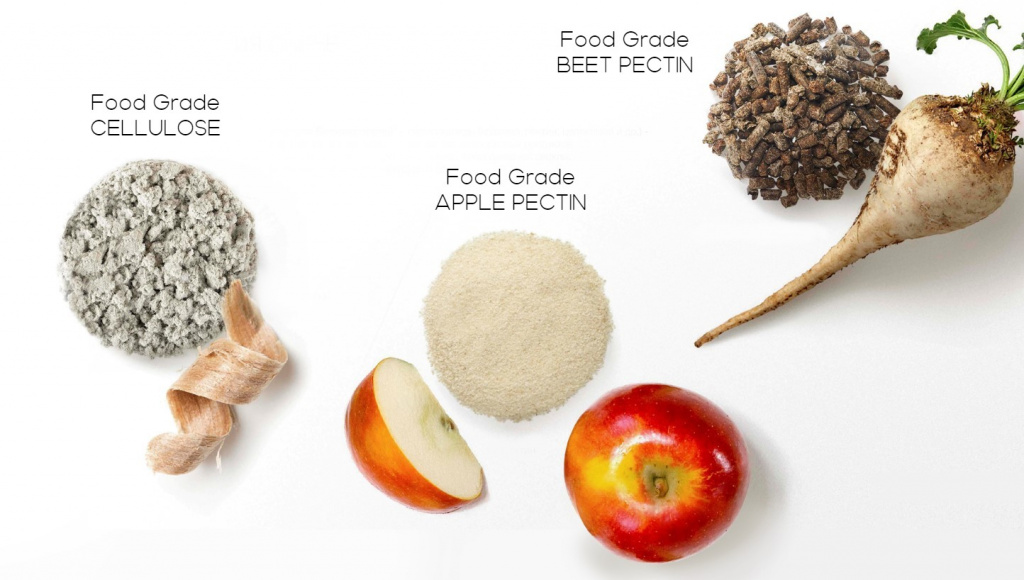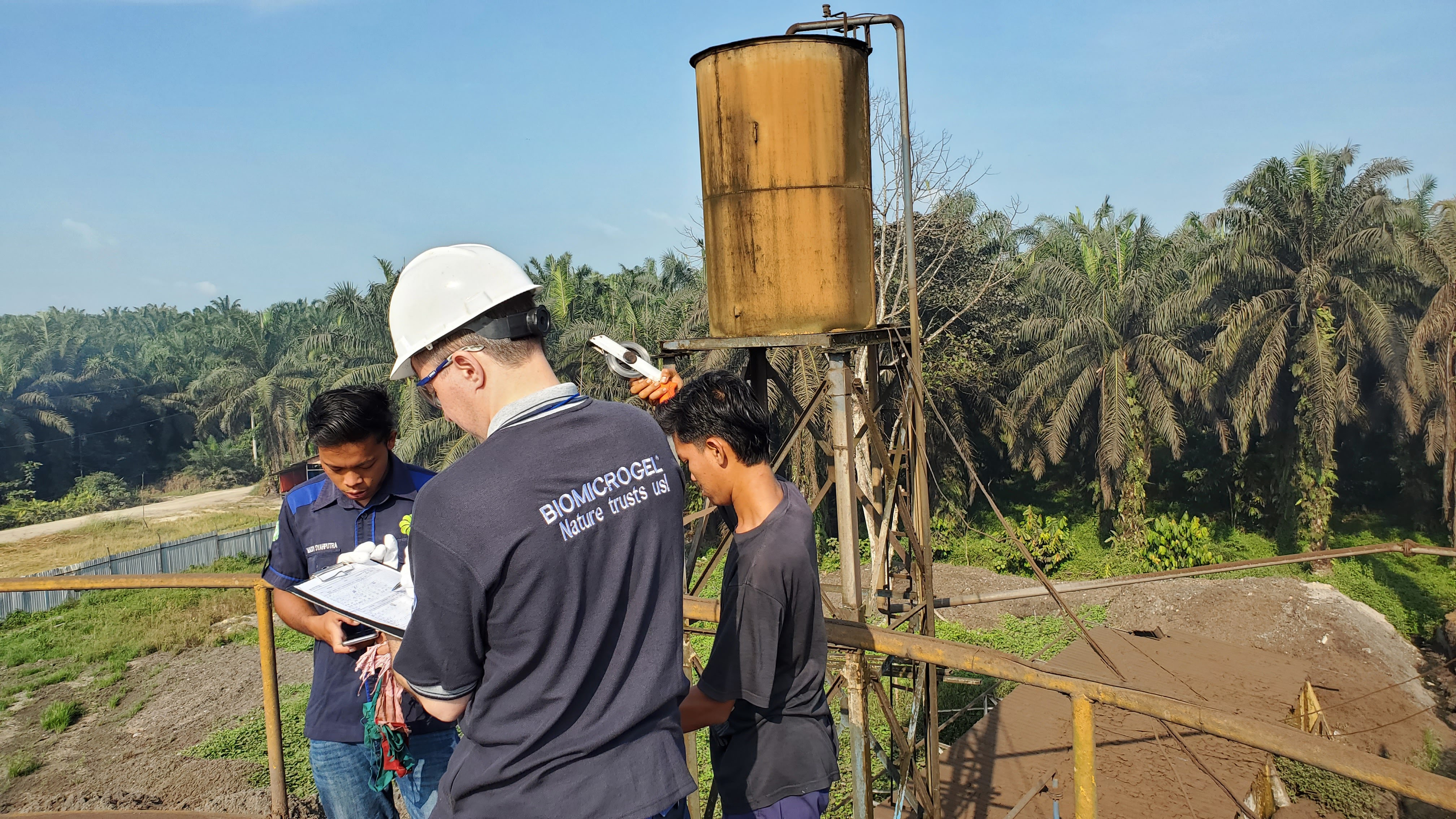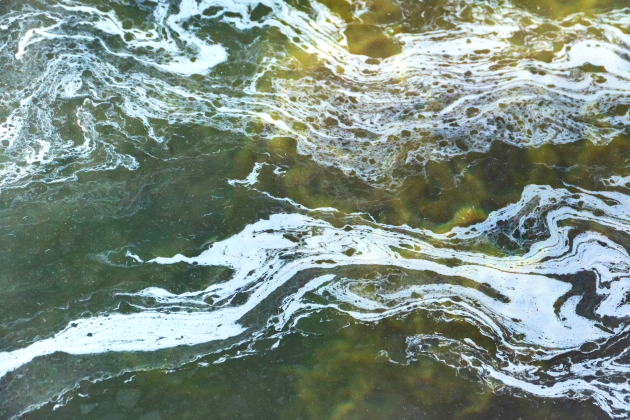Reagents for water purification
If the water is clean in appearance - transparent, does not smell, without sediment - this does not mean that it does not contain heavy metals or E. coli. Reagents for water purification fight not only visible contaminants - color, smell, sediment - but also invisible viruses, bacteria, heavy metals. Reagents help clean up more fluid faster, which is why they are common in industrial wastewater treatment.
Where water is purified with reagents
Reagents are used not only in water treatment for domestic needs. They purify the wastewater of enterprises before being discharged into a reservoir, for treatment or before reuse. In the food industry, reagents purify water, which in the form of steam comes into contact with products during pasteurization.
If steam for milk pasteurization is obtained from untreated water, the process will not work because bacteria will get into the product
What if you purify water without reagents
In addition to reagent , there is reagentless water purification using physical, thermal and biological methods.
| CLEANING STAGE | REAGENT | AGENT-FREE |
| Cleaning from large debris |
X |
Physical method (filtration, settling) |
| Separation of oil-in-water emulsions for further purification |
Chemical method (coagulation)
Electrochemical |
Physical method (membranes) |
| Cleaning from heavy metals | Chemical method (coagulation) |
Physical method (reverse osmosis) Thermal method (evaporation) |
| From impurities | Physical and chemical (flotation, sorption) |
Physical method (reverse osmosis, aeration, membranes) Biological method (biological ponds, aerobic and anaerobic treatment) |
| pH value adjustment | Chemical method (neutralization, oxidation and reduction) |
X |
| Disinfection from viruses and bacteria | Chemical method (chlorination ozonation) | Physical method (ultraviolet, membrane method e.g. reverse osmosis) |
Let's compare reagentless and reagent methods:
| CRITERIA | REAGENT | AGENT-FREE |
| More hardware required | - | + |
| High cleaning performance | + | - |
|
Allows you to control the degree of cleaning |
+ | - |
| High consumption of active ingredients | + | - |
|
Requires additional treatment before reuse or discharge into water |
- | + |
Unlike reagent -free purification, reagent -based purification requires equipment for the preparation and dosing of reagents, but it allows you to achieve deeper water purification.
In both cases, the reagents will still be needed to service the process equipment. Otherwise, its performance will decrease, and the plaque accumulated on its walls will begin to pollute the treated water.
The disadvantage of reagents is that they can partially remain in the water after processing. Safe, biodegradable reagents Biomicrogels ® avoid this.
Types of reagents for water treatment
Depending on the purpose, several groups can be distinguished:
-
For precipitation - interact with impurities and lead to their precipitation. These are coagulants, which separate impurities from water, and flocculants - polymers, which coarsen these impurities in order to increase the efficiency of the next stage of water purification - for example, filtration or flotation. We talked in detail about coagulants in the article "Coagulants: what they are and how they work" and about flocculants in the article "Flocculants : what they are and how they differ from coagulants".
-
To correct pH - neutralize the medium. An example of an alkalizing agent is caustic soda. An example of acidifying reagents is nitric, hydrochloric and other acids.
-
For softening - remove hardness salts. For example, using ion exchange resins in water treatment filters.
-
Sorbents - remove contaminants. For example, sorbents based on activated carbon are used to purify water. In the article “Sorbents for water purification and oil spill response”, we talked about the types, advantages and principle of operation of sorbents.
-
Disinfectants - fight biological contaminants, viruses, fungi. An example is sodium hypochlorite.
-
For cleaning equipment - protect it from corrosion, scale and plaque. For example, it is sodium hydroxide, sodium tripolyphosphate , sodium pyrosulfite .
According to their composition, the reagents are divided into simple and complex. Simple - this is one chemical substance that solves one narrow task, for example, correction of pH - the composition of the liquid. Complex - these are several substances that solve several problems at the same time, for example, they wash the treatment equipment and prevent its biofouling.
Eco -friendly reagents
Previously, the weak side of the reagents was their high consumption and the fact that they remain in the purified water. But now there are Biomicrogels ® - these are biodegradable reagents that are safe for the environment and humans. They do not affect the composition of purified water.

In the production of reagents for water purification Biomicrogels® use vegetable raw materials
Flocculants and coagulants BMG
Eco-friendly BMG-P2 coagulants and BMG-C2 flocculants are as efficient as conventional reagents because:
-
form a precipitate 3 times faster than other reagents;
-
reduce the concentration of oil products in water to less than 1 mg/l;
-
compatible with most other coagulants based on inorganic salts and polyvalent metals.
In addition, compared with analogues, flocculants Biomicrogels ® require less dosage, and coagulants trap oils and oil products faster - in less than 1 minute.
Work of coagulant BMG-P2: reduction of fat content in wastewater from an agricultural company by more than 18 times - from 320 to 17 mg/dm3
BMG sorbents
-
high efficiency - instantly reacts and encapsulates pollution;
-
versatility of application - it works at temperatures from -7 to + 70 ° С. The working solution BMG-P1 can be used in any humidity, wind and under water. No special devices are needed for application and collection;
-
economical consumption - in terms of dry matter, 1 g of the sorbent absorbs 50 g of oil, and in the form of a 1% working solution, 1 liter absorbs 1 liter of oil;
-
does not affect the chemical composition of the collected oils and petroleum products, so they can be restored and reused;
-
the spent sorbent does not spread, does not burn and does not stick.
Conclusion
Compared to reagent -free water purification, reagent -based water treatment proceeds faster, allowing you to achieve deeper water purification. Some tasks cannot be done without reagents. For example, only reagents can adjust the pH. In addition, they are needed for the maintenance of treatment equipment.
It is believed that the main disadvantages of reagents are their residual content in purified water. Professional selection of a combination and dosage of reagents will help to avoid this.
NPO Biomicrogels is an expert in the field of water purification from oils, fats and oil products. We produce flocculants , coagulants, sorbents and demulsifiers from vegetable raw materials. They are safe for humans and the environment. Contact us for the selection of reagents that solve your problems.




